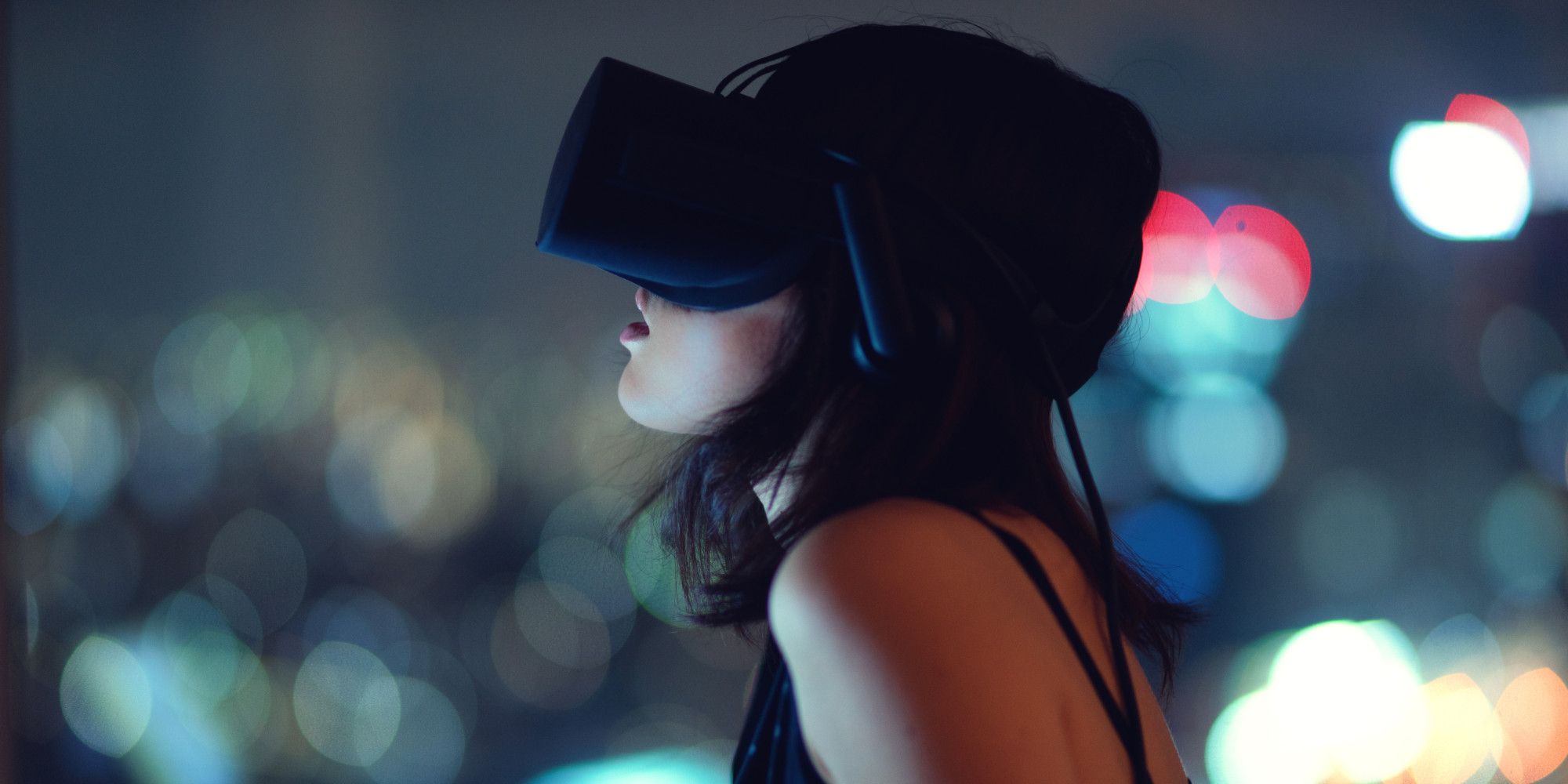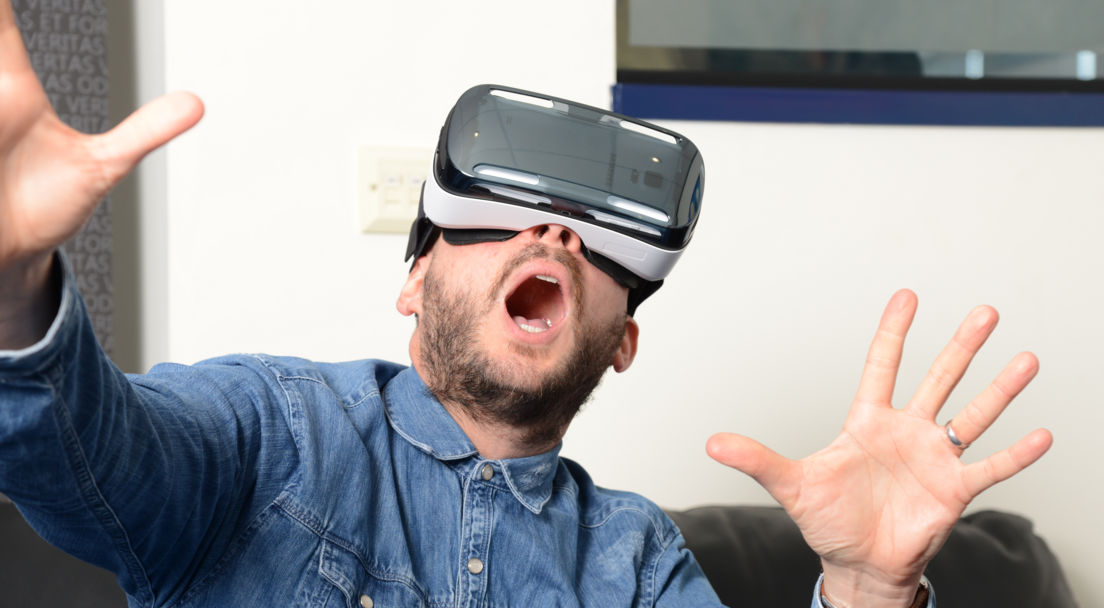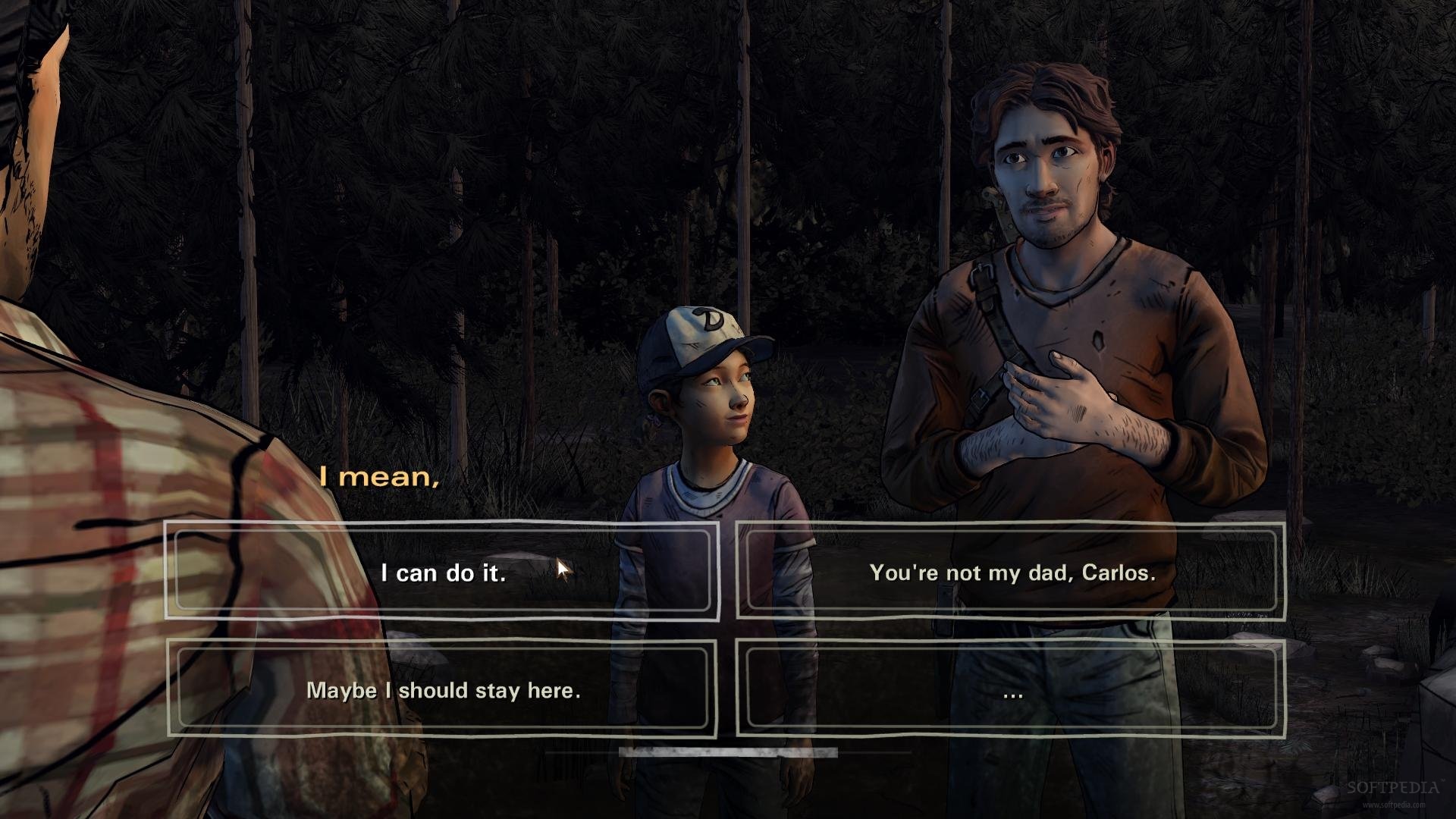Technology has undoubtedly made leaps and bounds in the last few decades, from the emergence of online streaming (all hail Netflix) to the domination of touchscreens and mobile apps that let you swap faces with Jennifer Lawrence. With even more on the inevitable rise, the things we have once thought to only exist in science fiction are now manifesting into reality. FIB takes an in-depth look at the advantages and disadvantages of virtual reality experiences.

A highly sought-after concept popularly experimented with since the 1990’s is the idea of virtual reality, or “VR” for short. Popularised in mainstream media by the video game industry, the technology has brought about a great number of changes and developments, including the invention of well-known platforms such as Kinect and the Oculus Rift. However, developers are now taking an interesting turn and bringing the VR world to the realm of cinema. In fact, we already have a few, albeit little-known indie films entirely in VR, along with blockbuster hits like The Martian and The Hunger Games already getting a virtual reality spin in the form of mini, interactive movie clips.

Of course, with every new form of technology, this comes with its share of advantages as well as drawbacks. Let’s start with the positives:
There’s a much higher immersion in the story
This is probably one of the most obvious reasons VR would be a hit in mainstream cinema, but also the most paramount. Allowing a viewer to experience the world and characters of a movie allows for higher immersion and a more captivating engagement with the story. Mini feature clips have already been released by Broadway and a few Hollywood films, in which audiences are transported into a virtual scene within the production, if only for a few sublime minutes. Although entertaining, an entire, feature-length film with the viewer completely engrossed in the setting, characters, and events would be an entirely different cathartic adventure.
An example of this would be the 2013 VR horror film, “The Banshee Chapter”, produced by Zachary Quinto – in which viewers were placed smack-dab in the middle of all the nightmare-fuelled action. In doing this, the fear and the suspense felt by the characters in the movie suddenly seemed all too real.
This characteristic of virtual reality movies allows storytellers to create a much more enthralling experience for moviegoers, enabling them to feel what the characters feel, to truly understand their story and hopefully, the writer’s message. Which brings me to the next important advantage…
It encourages empathy
By walking in the shoes of the protagonist in a movie, audiences would then be just as involved in the story as the other characters in the scene. Thus, besides a few bugs or restricted actions here and there (eating that virtual cake on that virtual kitchen table is sadly still impossible!), the emotional responses of the viewer in regards to setting and characters would not be too far off from the real world.
Writer and documentary filmmaker, Nonny de la Pena ventured into the virtual reality industry with her passion for human rights. Driven to share her message to audiences, she embarked on a $700 project in 2012 that simulated a scene of a man falling into a diabetic coma while waiting in line for a food bank that had run out. Audiences placed in the simulation were then able to connect with the events as if they were real life, engaging in the same panic and dread as the characters around them. This short film then went on to become a hit at the Sundance Film Festival.
It’s educational
Here’s one for the parents – perhaps little Jimmy would stop complaining about the wi-fi if you put him in the shoes of Oliver Twist for a few hours. In all seriousness, helping people understand the challenges of a virtual character in a virtual space can help audiences of VR learn a lot about history and the world around them.
Filmmaker Angel Manuel Soto set out to share the story of a teenage Syrian refugee by the name of Qusai Bashir. Bashir was permanently confined to a wheelchair after a sniper bullet shot him in the back while on a candy run. Inspired by his story, Soto created a 360-degree virtual simulation of Bashir’s life in Jordan in which audiences follow Bashir on a tour of his life, with an artificial, yet true to life experience of what it’s like in the harrowing life of a refugee.

And that’s just one example – there are countless experiences and historical events out there that can be taken advantage of by such technology, allowing people to understand and learn more about them than ever before.
Those are the advantages of using VR in the world of cinema. But, as with every other new technology in the market, it comes with its share of drawbacks. First off, like the ever-controversial-and-discussed gaming industry…
It may gain flack for encouraging violence
Most notably, among the youth. We’ve heard it time and time again – violence in media can corrupt your children, can encourage aggressive behaviour, will awaken that inner homicidal maniac. And while most prevalent in gaming – one only has to look into the controversies surrounding Grand Theft Auto – criticism has never shied away from movies and their sometimes gratuitous depiction of brutality and gore.
In fact, there have been several headlining news on graphic murder crimes committed by those supposedly influenced by a particularly violent film. Cases such as the 2007 Virginia Tech shooting, with the crime thriller Old Boy reportedly a favourite of the mass killer – has left many wondering if such media were mere coincidence or inspiration. If entertainment such as this is a prime cause of abominable acts, what more if the viewer could actually experience and live the fictional violence?

It doesn’t help that extensive research in the past has linked violent media to higher levels of aggression and desensitization among audiences, predominantly the younger ones. While many will argue that the blame cannot be wholly placed on the technology, but on the people themselves, the world of VR and cinema may have to prepare themselves for this all-too-familiar wave of backlash. In addition, criticism could also be received for…
Discomfort
As viewers are placed in a simulation where action can be placed in a 360-degree frame, nausea could be easily induced if there is too much occurring, or if the camera is out of the viewer’s control. Filmmaker Chris Milk has stated on the matter,
“An experience that’s not great in a movie theater is just a boring movie; an experience that’s not great in virtual reality can ruin the rest of your afternoon.”

Thankfully, a handful of VR app and game developers are aware of this problem and have installed convenient “Comfort Settings” to their creations. Such helpful adjustments include making elements of the virtual environment static so that they move with the viewer, or narrowing their focus during moments of action. We can hope that such modifications could also be implemented in film and cinema – though a tricky issue would be to make sure such changes won’t take away from the overall experience of the movie. This particular hurdle actually brings me to my final point…
The use of VR could take away from the original direction of the writer or director
Of course, with the implementation of virtual reality comes the possibility of allowing the viewer a little more agency. This allows for a more immersive and personal experience, not to mention a pretty cool feature that makes you feel like you’re living out a simulated adventure specific to you. However, VR developers in cinema must ensure that a balance is met between a boring, fixed VR experience, and one that gives audience a little too much freedom.
At this point in time, many are still looking into the ways VR film audiences can feel like they are affecting the story in their own personal way, while still having some sort of directorial control. It is a struggle between creating the truest virtual experience possible, while still maintaining the original creative vision for the movie.
But hey – if it can be done in games, why not in cinema? Popular hits in the gaming industry such as The Walking Dead and Bioshock Infinite have granted players with the ability to choose their own paths, though ultimately lead them to one intended ending. While this may forever reshape the medium of film – or perhaps simply create a new, exclusive genre – there’s no denying that audiences will enjoy a much more intimate experience with the story, and not to mention a much higher replay value.

Virtual reality is, without a doubt, an exciting area to explore for both filmmakers and cinephiles alike. While there are evidently many pluses for the new medium, dabblers in VR must brace themselves for the potential downfalls of the technology. But whatever those may be, all I know is that I’m definitely with the moviegoers who are awaiting the day we finally get to virtually live out an epic zombie apocalypse.







